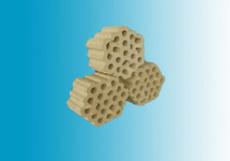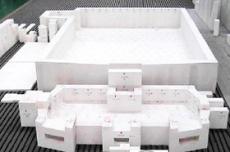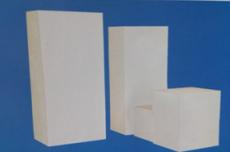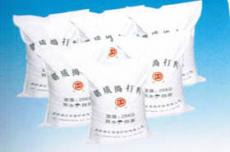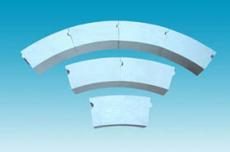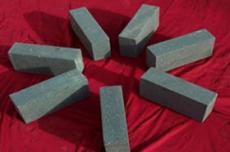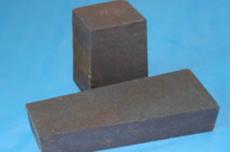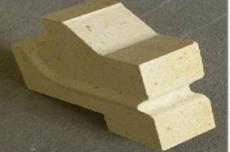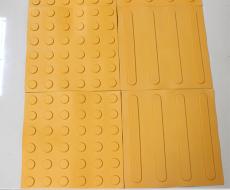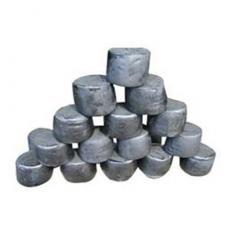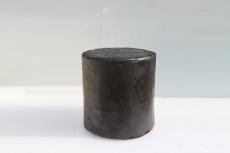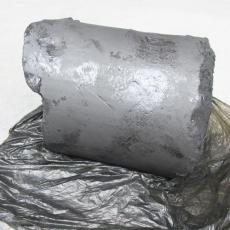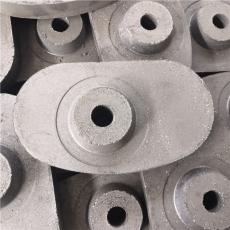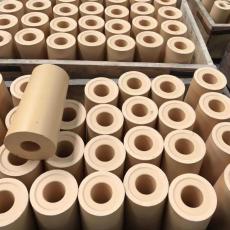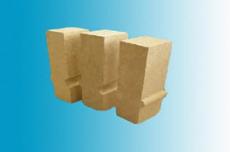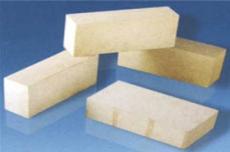
In float glass furnace design, the optimal combination is determined according to requirements for glass quality, furnace life, refractory performance, cost, etc., and different types of refractories are used for different parts. In particular, the selection of parts that come into contact with the glass liquid, such as the bath walls and bottom, is more stringent, as they have a significant impact on furnace life and glass quality.
Due to the improvement in refractory quality and performance and furnace lifecycle requirements, currently, in furnace design, cast AZS bricks are mainly used in the bath wall and bath bottom of the melting section, and in the bath wall and bath bottom of the throat, taking into account the chemical erosion caused by the reaction of batch materials and the erosion of the glass liquid at high temperatures. Fused AZS has better erosion resistance at high temperatures than other refractory materials.
The pool wall and pool bottom of the cooling section can use 33-oxide fused zirconium corundum bricks, but in the high-end float glass production line, we primarily use fused α-β corundum bricks because we must consider the quality of the glass. Fused α-β corundum bricks do not have glassy phase precipitation, low porosity, and good corrosion resistance at the operating temperature of 1350°C in the cooling section. However, since fused AZS bricks contain a large amount of SiO2 and alkali oxides, the glassy phase precipitates easily, and the volume change of the glassy phase causes air bubbles to form. Furthermore, after the zirconium corundum dissolves in the glass liquid, the corrosion-resistant ZrO2 material remains and forms fine dendrites. The tip discharge creates an electrochemical reaction that ionizes and reduces the gas components in the glass, forming bubbles. Therefore, taking into account glass quality requirements, the overall design of the furnace tunnel uses α-β fused zirconium corundum bricks as the walls of the cooling pool and as the pool bottom paving stones.
1. Fused zirconium corundum bricks.
Grade: AZS-33 (contains 33% ZrO2), AZS-36 (contains 36% ZrO2), AZS-41 (contains 41% ZrO2).
The erosion resistance of fused zirconium corundum increases with increasing ZrO2 content.
Fused AZS 33# bricks are selected for the melting pool walls and the retaining walls of the material handling area. The corners of the pool walls are most likely to be exposed to the liquid in the vessel. Fused AZS 36# bricks or AZS 41# bricks with high ZrO2 content are the best options. The manufacturing process for fused zirconium corundum can be divided into reduction and oxidation methods. Currently, the oxidation method is primarily used for shrink-free casting. The oxidation melting method can eliminate contamination of the graphite electrode in the melt. It has a low carbon content, which can reduce the bubble content in the glass.
2. Fused Alpha-Beta Bricks
Al2O3 content >98%. It is produced by fusing high-purity alumina with a small amount of sodium carbonate at a temperature of 2000–2200°C and melting it without shrinkage. Fused corundum has a coefficient of thermal expansion of 8.6, making it a material with moderate to low resistance to thermal shock. The high-temperature corrosion resistance of fused corundum bricks is somewhat poor. At the high temperature of 1600°C, the corrosion resistance of molten glass decreases rapidly. However, at operating temperatures below 1350°C, it has high corrosion resistance and hardly contaminates the molten glass. It is an ideal material for cooling pool walls, furnace bottoms, and float glass flow passages in glass melting furnaces.
